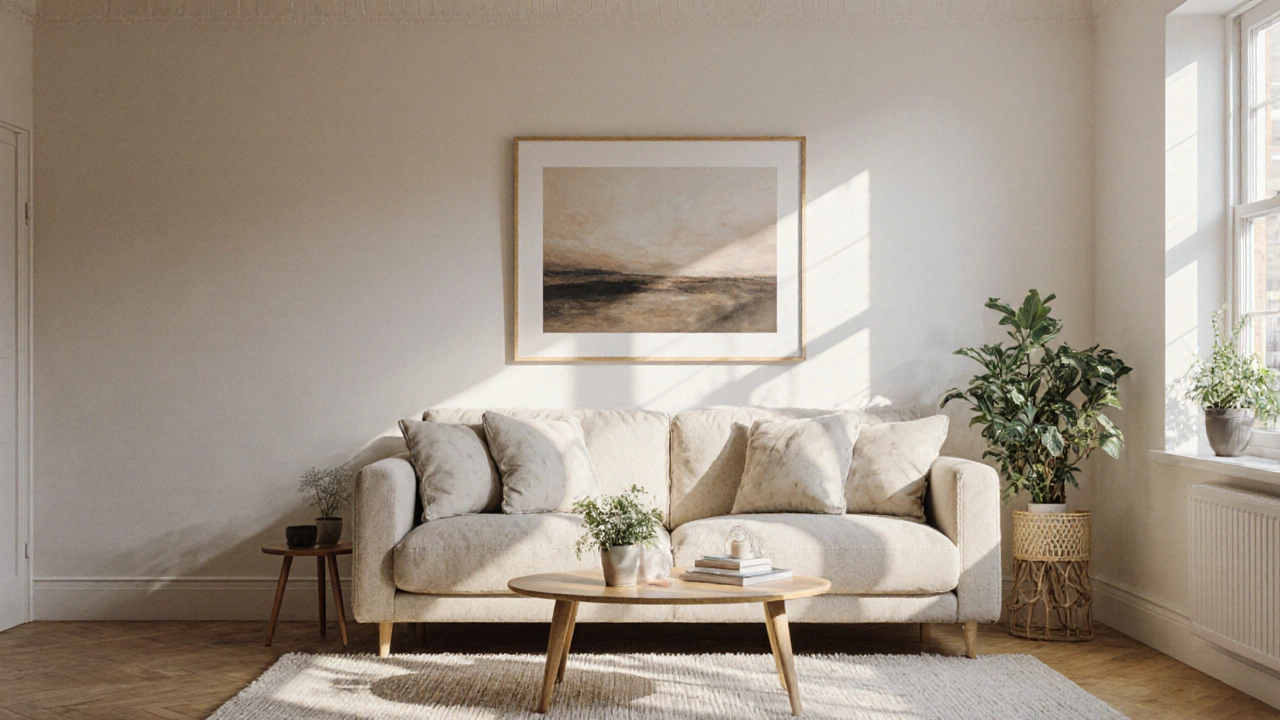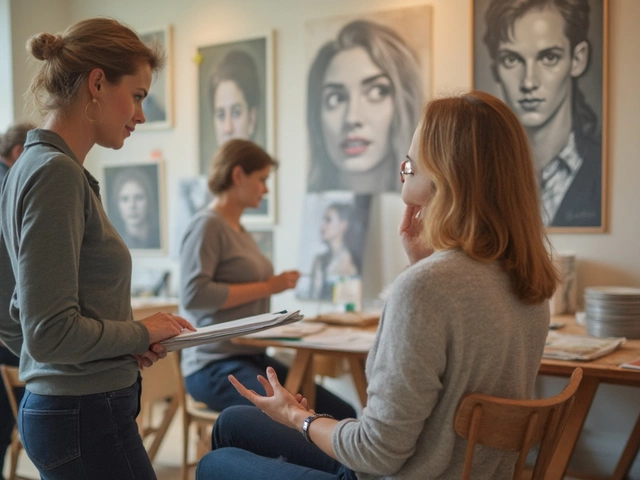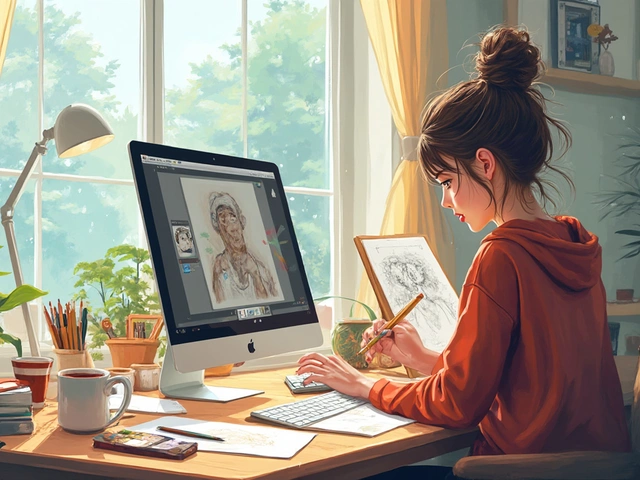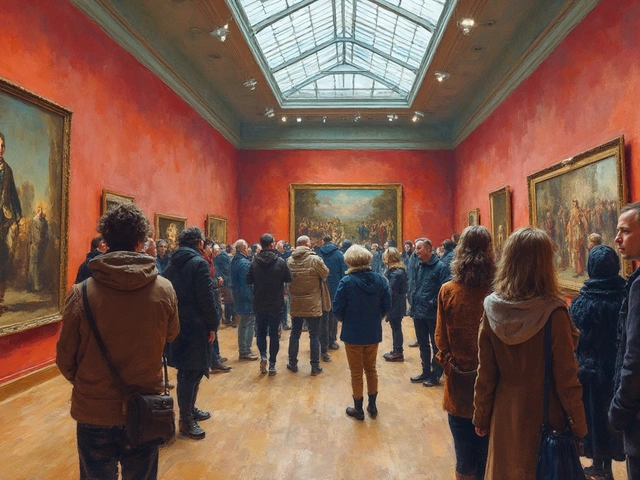Art Print Size Profit Calculator
Calculate Your Profit Margins
Based on industry data, 16x20 prints offer the best profit margins for serious buyers, while 8x10 works well for impulse purchases. Enter your costs to see which size maximizes your earnings.
Recommended Size
Best Profit Margin
Profit after production costs
Size Comparison
| Size | Estimated Price | Profit Margin | Best For |
|---|
Key Insight
When you’re selling art prints, size isn’t just about how big the image looks on your wall-it’s about what people actually want to buy. If you’re an artist trying to turn your work into income, or a small business owner stocking prints, you need to know what sizes move off the shelf. The truth? It’s not about going big or going small. It’s about matching the right size to the right buyer-and most buyers aren’t looking for anything unusual.
Standard Sizes Dominate the Market
The most popular art print sizes aren’t random. They’re standardized because they fit standard frames, which people already own or can easily find in stores. In North America and Europe, the top sellers are all based on common frame dimensions: 8x10, 11x14, 16x20, and 20x24 inches. These aren’t just convenient-they’re expected.
Why? Because buying a frame is the biggest hurdle for most customers. If your print is 12x18, they’ll have to hunt for a custom frame or pay extra to get one made. But an 11x14? That’s on every shelf at Target, IKEA, and Walmart. Same with 16x20. It’s the sweet spot: large enough to make an impact, small enough to fit above a sofa or beside a bed without overwhelming the space.
According to data from Etsy, Redbubble, and independent art marketplaces, 8x10 prints account for nearly 30% of all art print sales. Why? They’re affordable. Most buyers use them as gifts, for dorm rooms, or to fill empty walls on a budget. A single 8x10 print often sells for $15-$25. That’s impulse-buy territory.
16x20 Is the Sweet Spot for Serious Buyers
If you want higher margins and customers who are ready to invest, 16x20 is your best friend. It’s the most popular size for people who aren’t just decorating-they’re collecting. These buyers want something that looks professional, hangs well in living rooms or home offices, and doesn’t scream "cheap poster."
Artists who sell 16x20 prints consistently report 40-60% higher profit margins than those who focus only on 8x10s. Why? Because the cost to produce a 16x20 print is only about 1.5x the cost of an 8x10, but the price can be 3-4x higher. A well-designed 16x20 print can sell for $45-$85, especially if it’s on archival paper with a matte finish.
One photographer in Vancouver, who sells landscape prints online, found that 16x20 accounted for 45% of her total sales-double the volume of any other size. She started offering it as her "signature size" and saw repeat buyers come back specifically for that format.
Why 20x24 Is Growing Fast
While 16x20 is the current leader, 20x24 is catching up fast. More people are renovating open-concept homes, buying larger furniture, and hanging art above sectionals or in entryways. A 20x24 print fills that space without needing multiple smaller pieces.
It’s also becoming popular in commercial spaces-small boutiques, coffee shops, and Airbnb hosts who want to make their place feel curated. A 20x24 print can command $75-$120, especially if it’s limited edition or signed. The key? Offer it as a premium option. Don’t just list it alongside 8x10s. Call it "Statement Size" or "Gallery Edition."
One indie artist in Portland saw a 200% sales increase in 2024 after rebranding his 20x24 prints as "Collection Pieces" and bundling them with a free metal hanger. He didn’t change the image-he changed the perception.

What Doesn’t Sell (And Why)
Not all sizes work. Avoid anything that doesn’t match standard frames. That includes:
- 10x15
- 12x18
- 14x18
- Any odd ratio like 5:7 or 3:4 unless it’s a clear artistic choice
These sizes confuse buyers. They don’t know where to put them. They don’t know what frame to buy. And if they do find a frame, it’s expensive. Even if your art is stunning, a weird size kills the sale.
Another mistake? Going too big. 24x36 and above are rare sellers unless you’re targeting galleries, hotels, or corporate clients. Most homes don’t have walls big enough to support those sizes without looking awkward. And the cost to ship and handle them? High. Returns? Even higher.
What About Square Prints?
Square prints-like 12x12 or 16x16-are gaining traction, especially among younger buyers and those who follow Instagram aesthetics. They work well in gallery walls, above desks, or in modern interiors with clean lines.
But here’s the catch: they still need to match standard frames. A 12x12 is easy because it’s the same as a 12-inch photo frame. But 14x14? Not so much. Stick to 12x12 and 16x16 if you want square prints to sell.
One digital artist in Toronto started offering 12x12 prints as part of a "Mini Collection" and sold 200 units in three weeks-mostly to customers who bought three or four to create a grid on their wall.
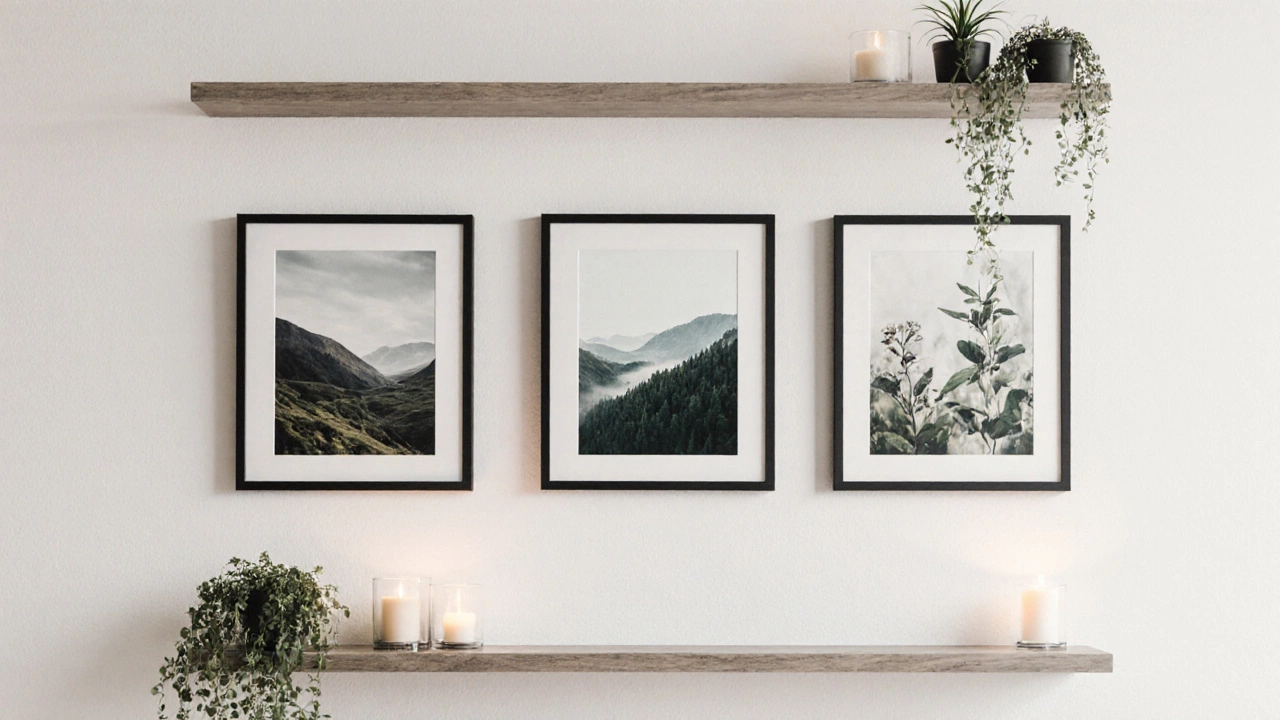
How to Test What Works for Your Art
Don’t guess. Test. Start by listing your top three pieces in three sizes: 8x10, 16x20, and 20x24. Price them differently-make the 16x20 your main focus. Run a simple 30-day test on Etsy, Shopify, or even Instagram Stories with a "Shop Now" link.
Track:
- Which size gets the most clicks?
- Which size has the highest conversion rate?
- Which size gets the most repeat buyers?
After 30 days, drop the worst performer and double down on the winner. You’ll learn more from real sales than from any trend report.
Bundle Sizes for Higher Value
Customers don’t just buy one print. They buy sets. That’s why offering a matching trio of 8x10s in a themed collection-like "Forest Trio" or "Ocean Waves"-can boost your average order value by 3x.
Bundle 8x10s as a set of three for $55 instead of selling them individually for $20 each. That’s a $5 discount, but you’re moving three units instead of one. People love a deal, especially when it looks intentional.
Another trick: offer a 16x20 print with two 8x10s as a "Home Decor Pack." It gives customers flexibility and makes your shop feel more curated.
Final Rule: Match Size to Space
The best-selling art print sizes aren’t about what you like. They’re about what fits in someone’s home. Most people don’t hang art because they love it-they hang it because it makes their space feel complete.
So if you want your prints to sell, think like a homeowner, not just an artist. What size looks right above a couch? What fits between two windows? What doesn’t require a trip to a custom framer?
Stick to the classics: 8x10, 11x14, 16x20, 20x24. Add 12x12 and 16x16 if your style fits modern interiors. Avoid the weird sizes. Bundle where you can. And always, always show your prints in real rooms-on walls, above beds, in kitchens. That’s what convinces buyers to click "Add to Cart."
